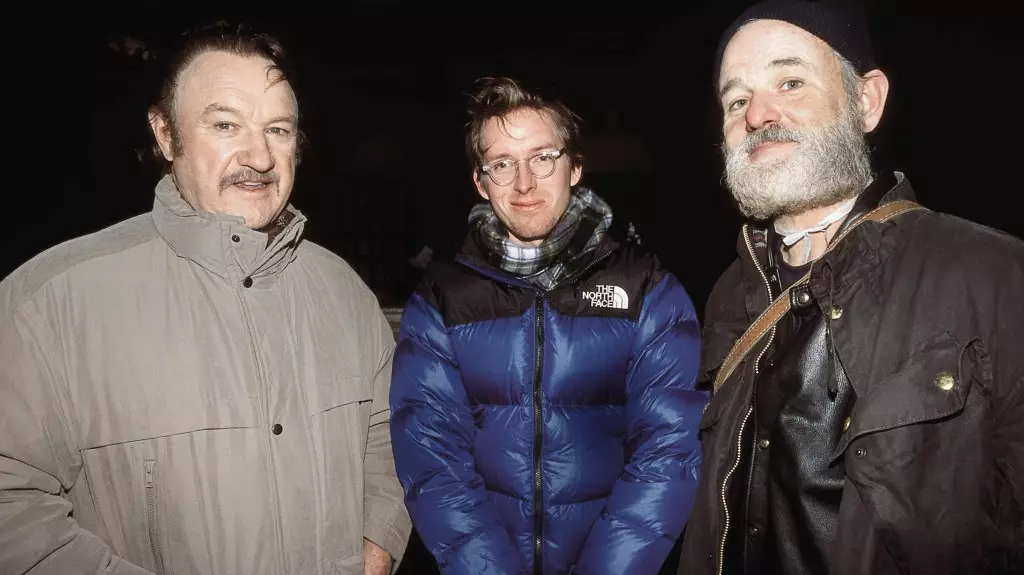As the film industry gears up for the premiere of Wes Anderson’s latest creation, The Phoenician Scheme, it’s essential to take a step back and assess the unique methodologies that Anderson employs in his filmmaking process. Known for his flashy stylistic choices and meticulously designed worlds, the celebrated director has consistently delivered films that are both visually captivating and narratively intricate. This intricate blend of aesthetics and storytelling is not merely a matter of artistic expression; it’s also a calculated approach to keeping production costs manageable while ensuring that every element of his films resonates with audiences.
Budgeting Creativity: The Flat-Fee Model
In a recent interview, Anderson shed light on his innovative flat-fee salary structure, which he has honed since the early days of his career. This model was established solidly with his second feature, Rushmore, which became a turning point not only in his career but also in the way he collaborates with actors. While the late Gene Hackman was reportedly displeased with this payment system, it served as the foundation for Anderson’s unique collaborative spirit. He has successfully convinced many notable performers, including Bill Murray and Jason Schwartzman, to take the same pay rate, thereby fostering a sense of equality among the cast members.
One might wonder why Anderson persists with a structure that seems counterintuitive. The answer lies in his belief that creative synergy flourishes when financial hierarchies disappear. By leveling the playing field, he nurtures a collaborative environment where actors focus on performance rather than compensation. This groundbreaking approach is a testament to Anderson’s forward-thinking mentality.
Resistance and Respect: A Complex Relationship with Hackman
The mention of Hackman brings us to the complexities inherent within Anderson’s relationships with established actors. Their creative friction is palpable, with Hackman’s legendary reputation as a daunting figure on set serving as a stark reminder of the challenges that younger directors often face. Anderson did, however, manage to coax the veteran actor into his film, though not without its share of anxiety. Reflecting on their interactions, Anderson admits there were significant moments of discord that stemmed from generational differences in work ethic and artistic vision.
Hackman’s reluctance to embrace the nuances of Anderson’s storytelling style highlights a critical aspect of filmmaking: the disconnect that can arise between directors and seasoned actors. The idea that older greats might not trust the vision of youthful filmmakers is an age-old dilemma, yet it offers an invaluable lesson about patience and communication in a creative context. Anderson’s admission that he wishes he had shared early footage with Hackman is a poignant reminder that clarity can mitigate confusion in collaborative projects.
Voices from the Past: Reflections on Creative Relationships
In the shining retrospectives of his films, Anderson’s comments ooze an undertone of reverence for Hackman, even amid their conflicts. While he has not remained in touch following the esteemed actor’s passing, the insights he shared illuminate the nuances of collaboration within the industry. The mutual respect among actors and directors, intertwined with challenges, presents an interesting dynamic that shapes the entire filmmaking experience.
As Anderson continues to forge his path, crafting new worlds and narratives, it becomes ever more clear that the heart of his cinematic process lies not just in visual allure but also in human connection. Ultimately, every film represents a delicate balance of ambition, creativity, and personality, reminding us of the intricate tapestry that is Hollywood storytelling.


Leave a Reply